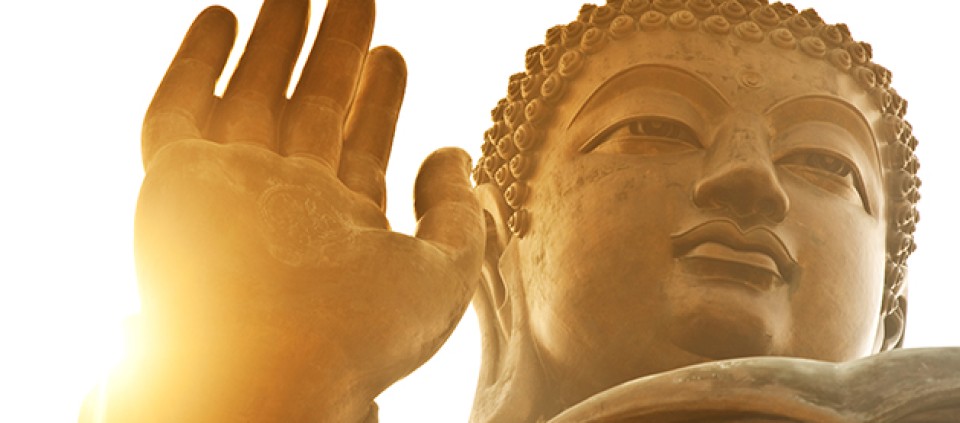Where Buddhism, the Hero’s Journey, and the Twelve Steps Meet

Both Buddhism and the Twelve Steps present our spiritual journey as a process, a movement from pain and confusion to happiness and wisdom. The process they describe is not, I think, unique to either of them, but reflects each tradition’s attempt to solve the human riddle of suffering.
As such, I think that they each tap into something deeper than the forms, language, cultural trappings, and historical context from which they spring. I believe that they each express something archetypal, a path deeply embedded in human consciousness that has been explored by seekers since humans awakened to their own mortality.
Joseph Campbell called this path “The Hero’s Journey,” and traditionally it starts in darkness, takes the seeker through trials where he or she has to face both inner and outer demons, and resolves itself with some kind of actual or metaphorical homecoming. Certainly this describes the addict’s recovery process where we come out of the darkness of compulsion and humiliating dependence into a realization of our problem; this realization is followed by a spiritual surrender and psychological house cleaning. Amends for our mistakes follow, and finally we try to pass on our hard-earned wisdom.
The Buddhist version of this process involves seeing the truth of suffering and its causes in ourselves and others; this brings us to a realization of the folly of a life lived in pursuit of pleasure and escape from pain; seeing this truth, we reorient our lives towards letting go instead of acquiring. Through training the mind and opening the heart, we let go of the causes of suffering. Finally, having resolved our personal anguish to whatever degree we can, we turn towards a life of service and compassion.
Fundamentally, each of these versions of the path is founded in honesty and acknowledging what is true. As long as we live in our illusions, both about ourselves and about the world, we have no chance of growing or changing. In the recovery world, this illusion is called “denial,” the unwillingness to acknowledge our problem; in Buddhism it’s called “wrong view” or delusion, a distorted understanding of reality and ourselves.
And so, the starting point for these twin paths is revealing ourselves—to ourselves and to others. We must look deeply and honestly at our thinking and our actions and admit our failings and our suffering. Until we take this often painful step, we have no chance at recovery or happiness. Once we make these admissions, we discover that this self-revealing is actually the most freeing thing we can do.
This article is excerpted with permission from Buddhism & The Twelve Steps: A Recovery Workbook for Individuals and Groups.
Kevin Griffin trained as a Community Dharma Leader at Spirit Rock Meditation Center. He is author of One Breath at a Time: Buddhism and the Twelve Steps.
Full Bio and Programs